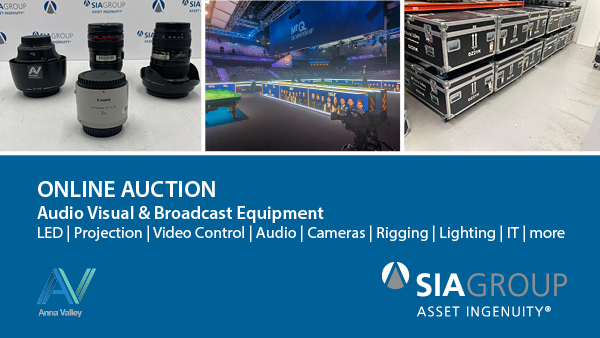The Neanderthals are a mysterious, endlessly fascinating species of human. Larger than modern humans, bigger boned, and more muscular, they were supremely adapted to survive in the frozen north of Europe and Asia where they lived up until around 40,000 years ago. Yet despite these differences, new discoveries suggest they were a lot like us.

From the BBC Studios Science Unit, Executive Producer Gideon Bradshaw explains how the team brought to life some of the most accurate dramatic Neanderthal reconstructions ever seen for this Netflix Original Documentary.
It’s an incredibly exciting time for Neanderthal archaeology. Fantastic discoveries and powerful scientific techniques are shedding new light on what they looked like, how they lived and what their world was like in wonderful and surprising new detail. Much of those discoveries are coming from a new excavation in an isolated cave in the remote Zagros mountains of Kurdish North Iraq:
Shanidar Cave.
For this original Netflix Documentary, we joined a group of archaeologists from the University of Cambridge who were heading out to work with their Kurdish colleagues to revisit this famous cave first dug in the 1950s. Once there, we were incredibly lucky to capture – on camera – the moment the team discovered Neanderthal fossils from an individual who lived some 70,000 years ago. Incredibly, a flattened skull re-emerged and was painstakingly removed from deep within the trench. The skull was returned to a lab in the UK where it was pieced together and analysed using the latest forensic reconstruction techniques.
This was the first Neanderthal skeleton unearthed in the region for almost a quarter of a century, a woman that the team named, ‘Shanidar Z.’
Bringing the cave to life
Shanidar Z’s skeleton was in a very poor state, and it was almost impossible make out in the ground. We decided we would need CGI to help the audience see and understand exactly what had been discovered. We build and textured an entire digital 3D Neanderthal skeleton. Each virtual bone was carefully placed into a digital recreation of the site based on a LiDAR scan of the cave, captured by shooting lasers out around it and using the bounce-backs to pinpoint the dimensions. This was shared with our VFX team at Lux Aeterna led by Rob Hifle, who turned the raw data into a life-like 3D reconstruction this enormous cave. From there, VFX artists Clive Lewellyn and Gabriele Grigoletto added detail into the shots based on stills taken on location, along with expert advice from the archaeologists.
Alongside the Shanidar Z, around ten other Neanderthal skeletons have been discovered in the cave. These bones had long ago been removed from the cave in the 1950s and 60s for further study, yet they were also essential to our story. So historical experts provided the VFX team with a bird’s eye view map showing where each body had been found in the cave. From there, the VFX team worked with experts to model and rig each skeleton so that we could position them accurately. Once each body was in the right position, and they ran a very basic ‘rigid body system’, which is a dynamic system for rocks interacting with each other. In this case, it was used for the digital bones, so that when they fell, they would interact with the ground and settle in a natural way and help bring a lot of realism to the shots.
This allowed us to take the audience back in time to the moment that these bodies were laid down, creating a kind of ‘Neanderthal crime scene’ where the VFX revealed evidence of wounds, diseases, and even the sex of the individuals.
Bringing Neanderthals to the screen
We could now interrogate the skeleton remains at will, moving the virtual camera to survey for evidence of how each individual lived and in some cases, how they died. From these clues we designed a series of dramatic reconstructions to immerse the audience in the world of Neanderthals. We cast five actors to be our small clan – two adult women, two males, and a child – loosely based on the individuals found in the cave at Shanidar. To achieve their transformation from modern human to Neanderthal, each actor was first encased in a mould from which a cast was created by a team of prosthetic artists led by Suzi Battersby at Red Girl. The casts then had prosthetics designed to add characteristic Neanderthals features. Noses were enlarged and widened. Brows where enhanced. But we these were subtle touches – we wanted the actors to be free use their facial muscles to emote for their humanity to come through the makeup. So we used a brand-new technique to further enhance their look.
Ryan Laney at Teus Media has developed a proprietary technology that enables digital face replacement. The idea here was rather than to replace the actors faces on screen, we would subtly transform the underlying geometry. The ‘Neanderthaliser’ was born. By comparing Neanderthal and human skulls the team at Teus worked out the differences and corrected for them in live action shots. For example, the centre of a Neanderthal skull tends to project further than the flatter human face. Neanderthal foreheads are generally shorter. Chins somewhat recessed. In post, these displacements could be applied to the live action of our actor’s faces, further enhancing their prosthetics and producing the most accurate reconstructions of our ancient cousins yet achieved. This approach we believe to be a first in the industry – a synthesis of prosthetics, make-up, and digital techniques to get as close as possible to what a Neanderthal would have looked like.
Secrets of the Neanderthals is a fantastic archaeological adventure now streaming on Netflix.
Head/ skull picture credit: BBC Studios/Jamie Simonds
Jon Creamer
Share this story






















